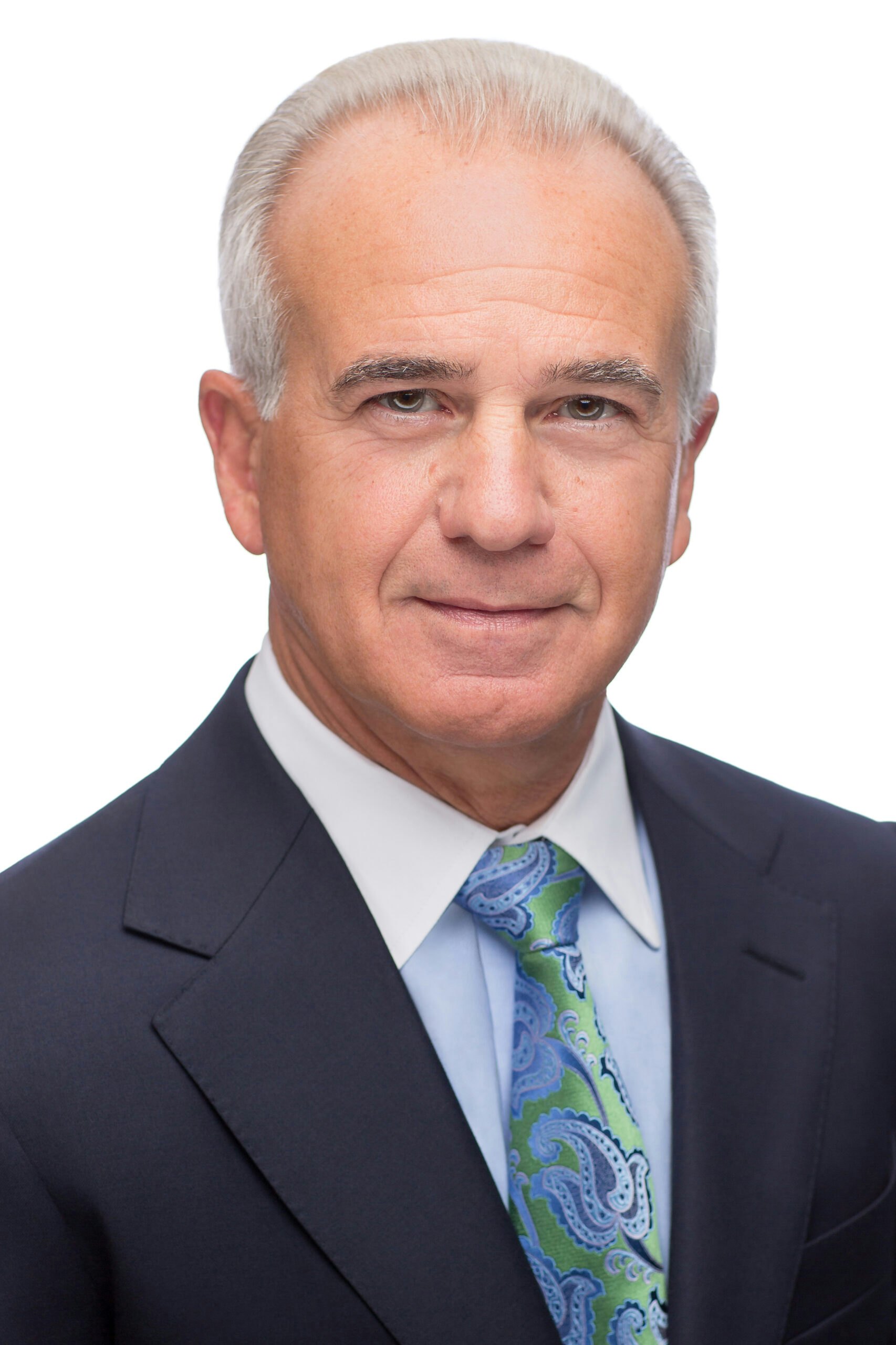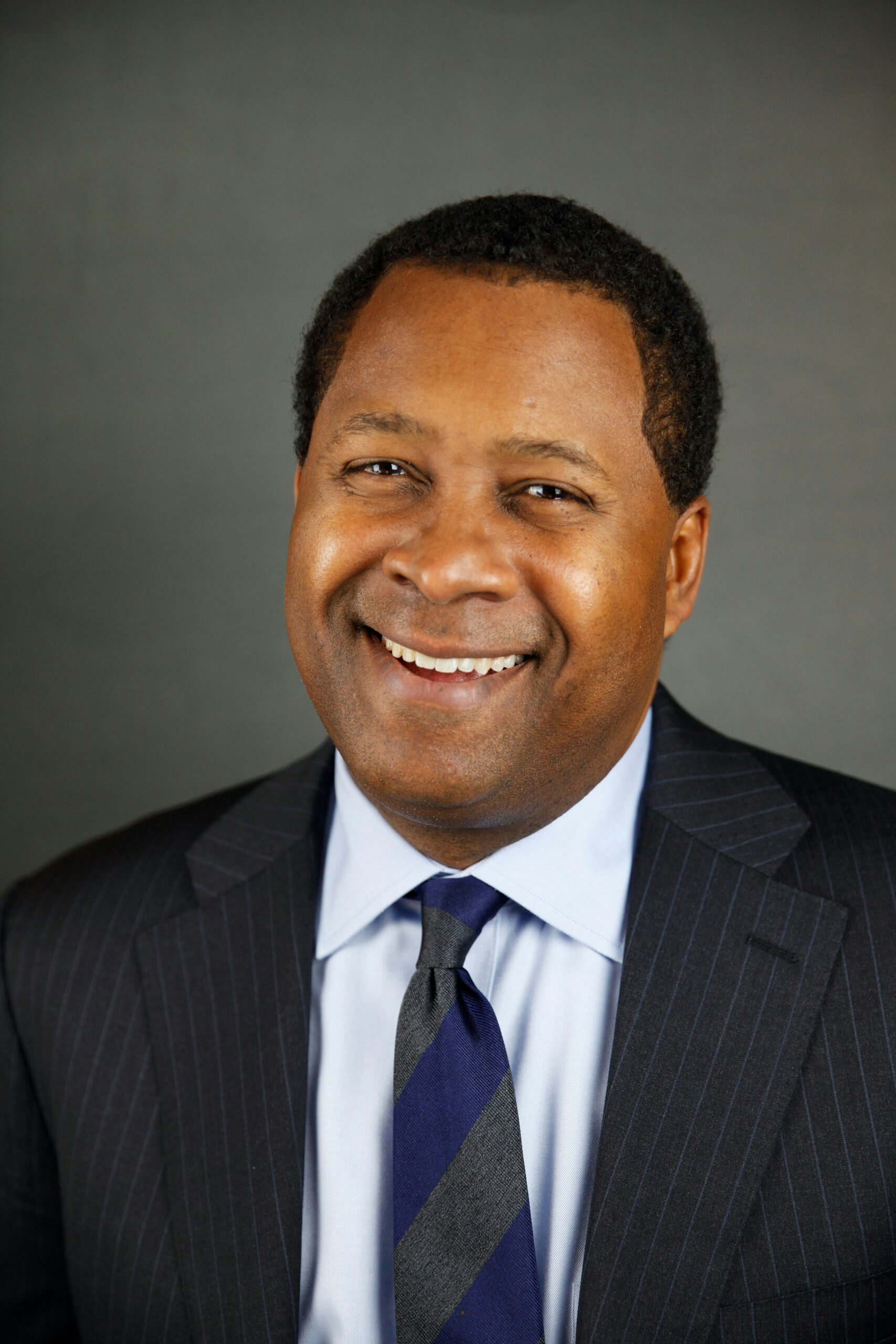Peters served as U.S. Secretary of Transportation from 2006 to 2009 and previously as Federal Highway Administrator in the Bush/Cheney administration.
 We are honored to welcome former U.S. Secretary of Transportation Mary Peters as this month’s “Five Questions With…” headliner. She has spent her entire career, both in the private and public sectors, working to solve the nation’s most challenging transportation issues. Still active as a consultant, advisor and member of several boards, Sec. Peters has earned a reputation as an innovative problem solver, a force for safety and a strong advocate for effective use of taxpayer dollars. Prior to joining President Bush’s Cabinet, Sec. Peters worked in Phoenix as the national director for transportation policy and consulting at HDR, Inc., a major engineering firm. In 2001, the President asked Peters to lead the Federal Highway Administration. From 1985 to 2001, she served in the Arizona Department of Transportation, working her way up from contract administrator to director of the agency. We are grateful to Sec. Peters for providing her insights on the state of transportation in the U.S. today and her reflections on her time leading the DOT.
We are honored to welcome former U.S. Secretary of Transportation Mary Peters as this month’s “Five Questions With…” headliner. She has spent her entire career, both in the private and public sectors, working to solve the nation’s most challenging transportation issues. Still active as a consultant, advisor and member of several boards, Sec. Peters has earned a reputation as an innovative problem solver, a force for safety and a strong advocate for effective use of taxpayer dollars. Prior to joining President Bush’s Cabinet, Sec. Peters worked in Phoenix as the national director for transportation policy and consulting at HDR, Inc., a major engineering firm. In 2001, the President asked Peters to lead the Federal Highway Administration. From 1985 to 2001, she served in the Arizona Department of Transportation, working her way up from contract administrator to director of the agency. We are grateful to Sec. Peters for providing her insights on the state of transportation in the U.S. today and her reflections on her time leading the DOT.
Q: Can you tell us about the consulting and board service that have kept you energized the past 15 years?
My consulting company is focused providing executive level consultation to clients, assisting in regulatory approval and financing for major projects and programs. I continue my efforts to find new and better ways to finance, build and operate American infrastructure. I am privileged to serve on several Boards of Directors, including HDR, Inc. and I-77 Holding Company as well as the Board of Trustees at the Rand Corporation. I also serve as an Advisor to Northeast MagLev (the futuristic system of high-speed ground transportation in which trains are levitated along a guideway through the use of magnetic forces), Ferrovial and Granite Rock. I also chair a 501(c)(3) for Parents of Addicted Loved Ones (PAL).
Q: Are you still riding motorcycles?
Not enough! I still have a Harley-Davidson Fat Boy and Road Glide, but I have been raising four of my granddaughters for the past six years and that does limit the opportunities.
Q: When you reflect on your service as Secretary of Transportation, what accomplishments are most satisfying?
I was blessed with an incredibly strong team at USDOT and we were able to push the envelope in terms of attracting private investment to not only accelerate essential infrastructure improvements, but to also use prices to better manage traffic. We used discretionary revenue to hold competitions for projects that could successfully reduce roadway congestion and were successful in planting the seeds that will result in the NYC Congestion Pricing Project that will begin in April 2024. Motor Vehicle deaths decreased from 42,708 in 2006 to 33,883 in 2009, and there were no commercial aviation fatalities during my time as Secretary.
Q: How do you assess the state of transportation in the U.S. today – what are our biggest needs and challenges?
The $1 trillion dollar Infrastructure Investment and Jobs Act in November 2021 provided substantial new funding for a very broad range of infrastructure. That has facilitated a number of necessary new construction projects and improvements to existing infrastructure. However, I would say it is necessary but not sufficient. Even with this additional spending, the U.S. infrastructure is ranked 12th among other countries according to the World Economic Forum.
The challenge is finding long-term, sustainable funding that incorporates user-based revenue and more private investment. We are behind China, Japan and several EU countries in terms of true high speed (300 mph or greater) trains. We have the opportunity to implement ONE HOUR MagLev service between New York City and Washington, D.C. if we have the political will to do so.
Q: Can you leave us with a memorable issue or incident from your time as Secretary?
Safety has to always be the first priority at the USDOT. My worst day as Secretary was when the I-35W bridge in Minneapolis collapsed on August 1, 2007. Tragically 13 lives were lost that day, and we weren’t immediately able to say why it had collapsed and if Americans were in danger of other bridges collapsing. With President Bush’s help, Navy divers completed the recovery effort and the bridge was rebuilt in just over a year.
As we neared the end of President Bush’s term, there had been no commercial aviation fatalities during my tenure as Secretary. Then, on the afternoon of January 15, 2009 I learned that US Airways Flight 1549 had gone down on the Hudson River in New York, an event that almost always results in tragedy. However, thanks to a near perfect water landing by Capt. Chelsey Sullenberger, all 155 passengers and crew were safely evacuated in what came to be called the Miracle on the Hudson.




























